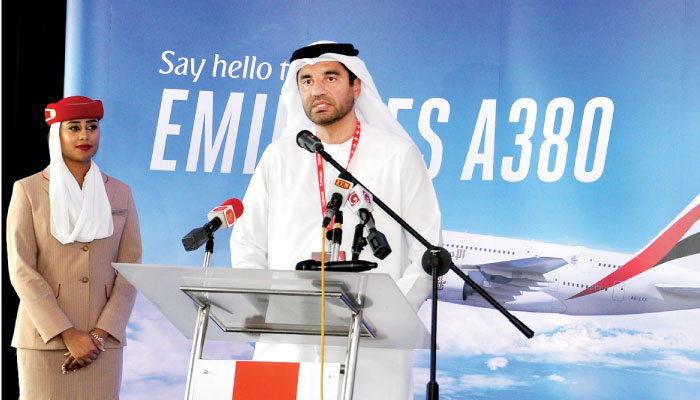Originally posted by ejanson65
View Post

reporter was just clueless reading stuff rather than asking pointed questions




Comment